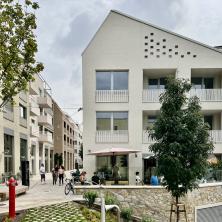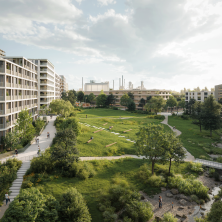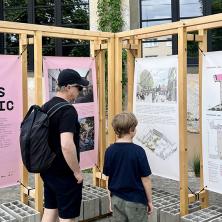Connected
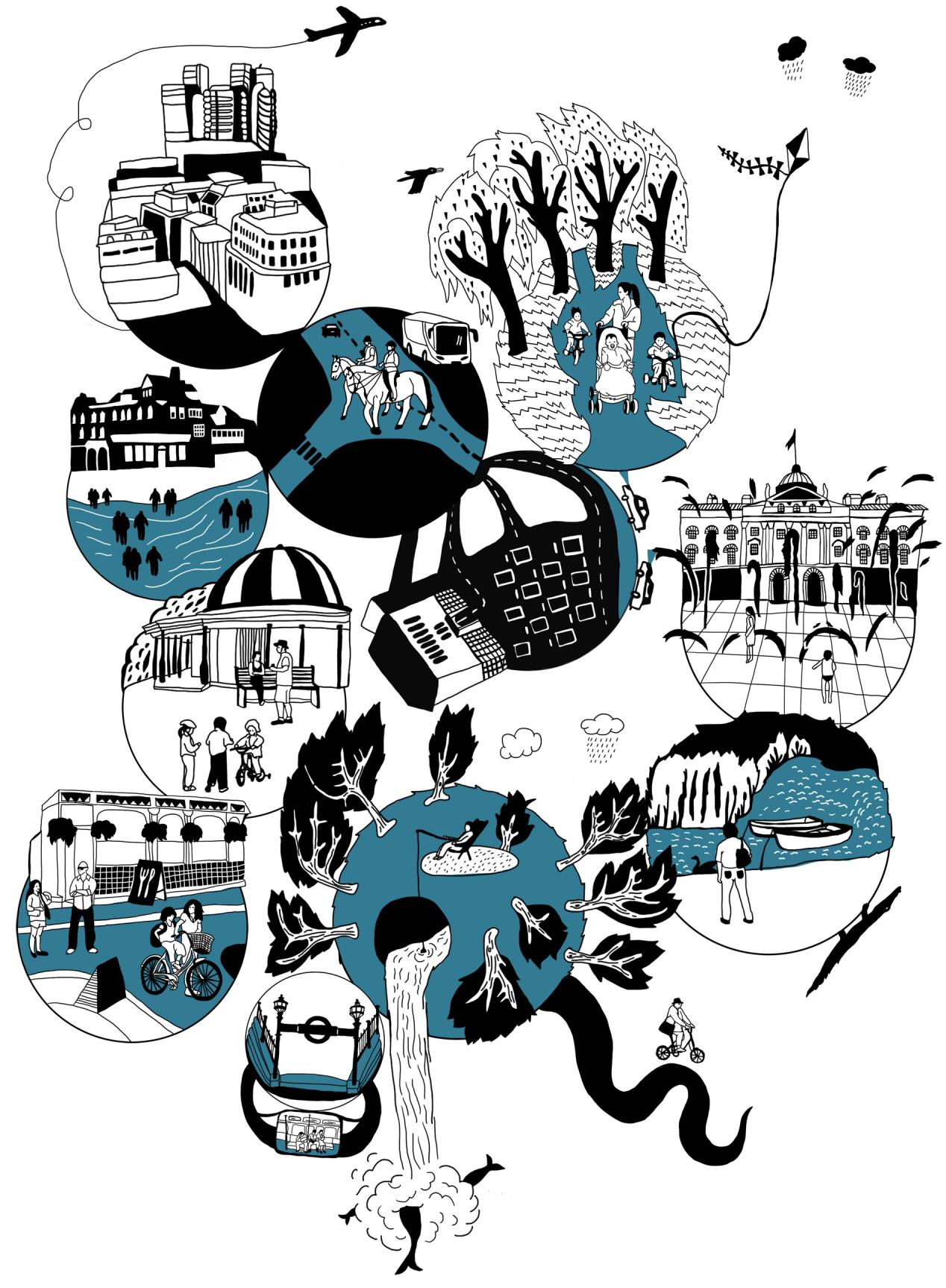
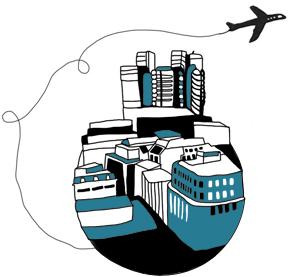
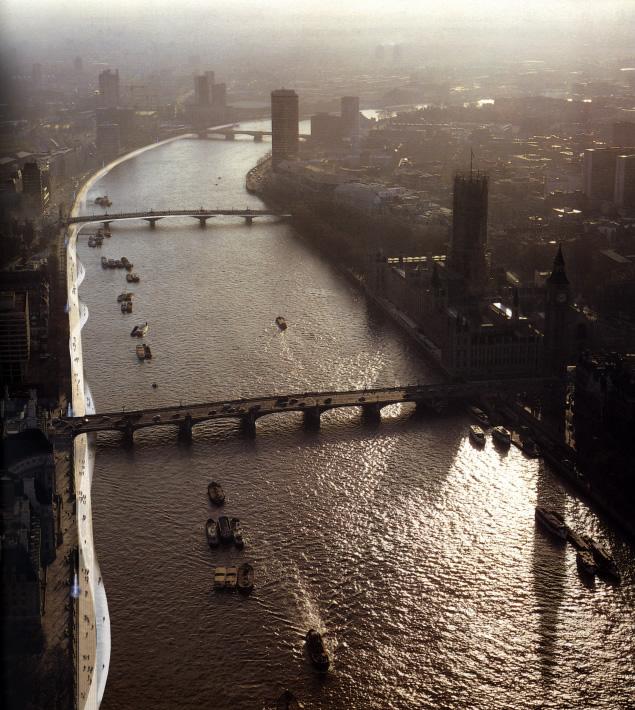
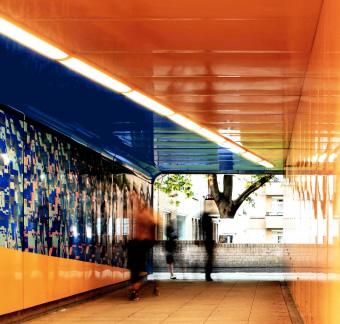
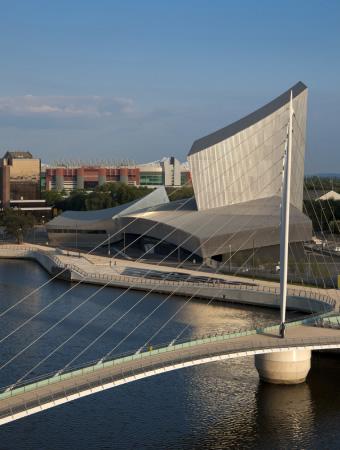


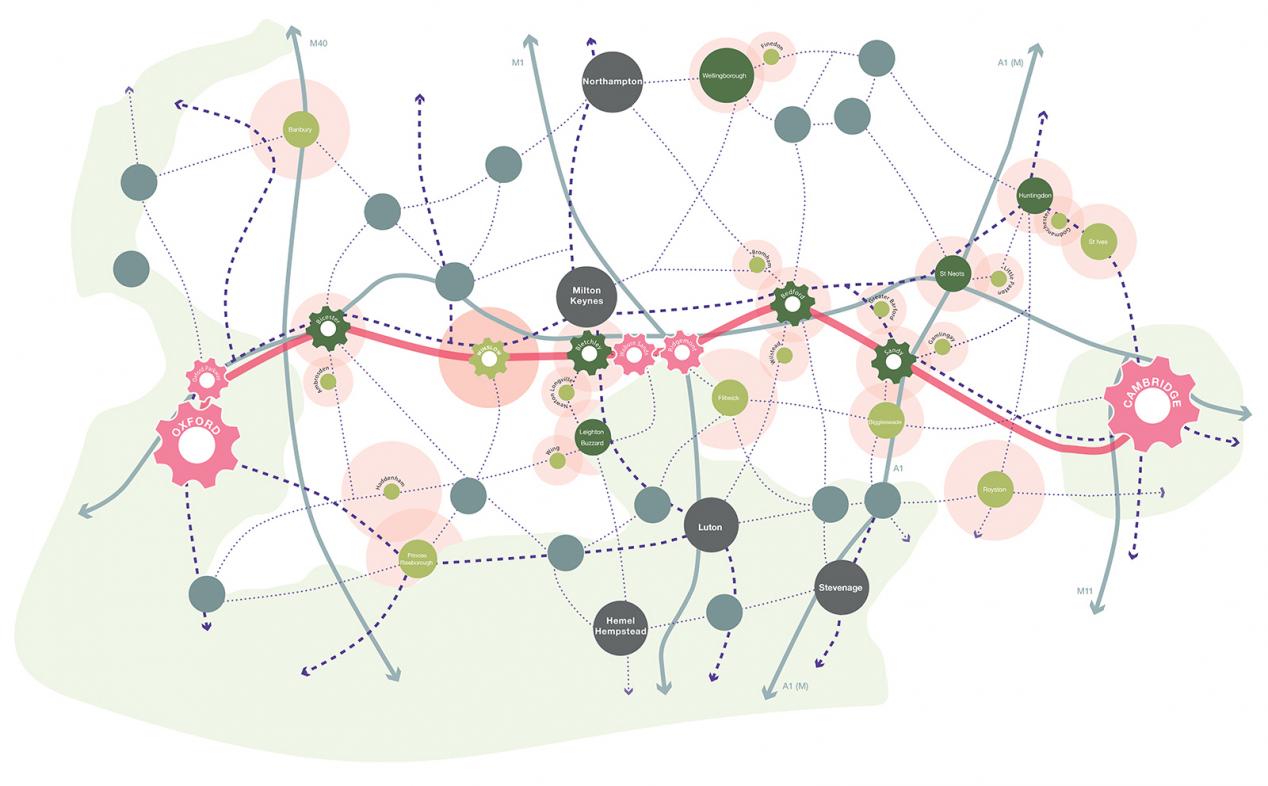
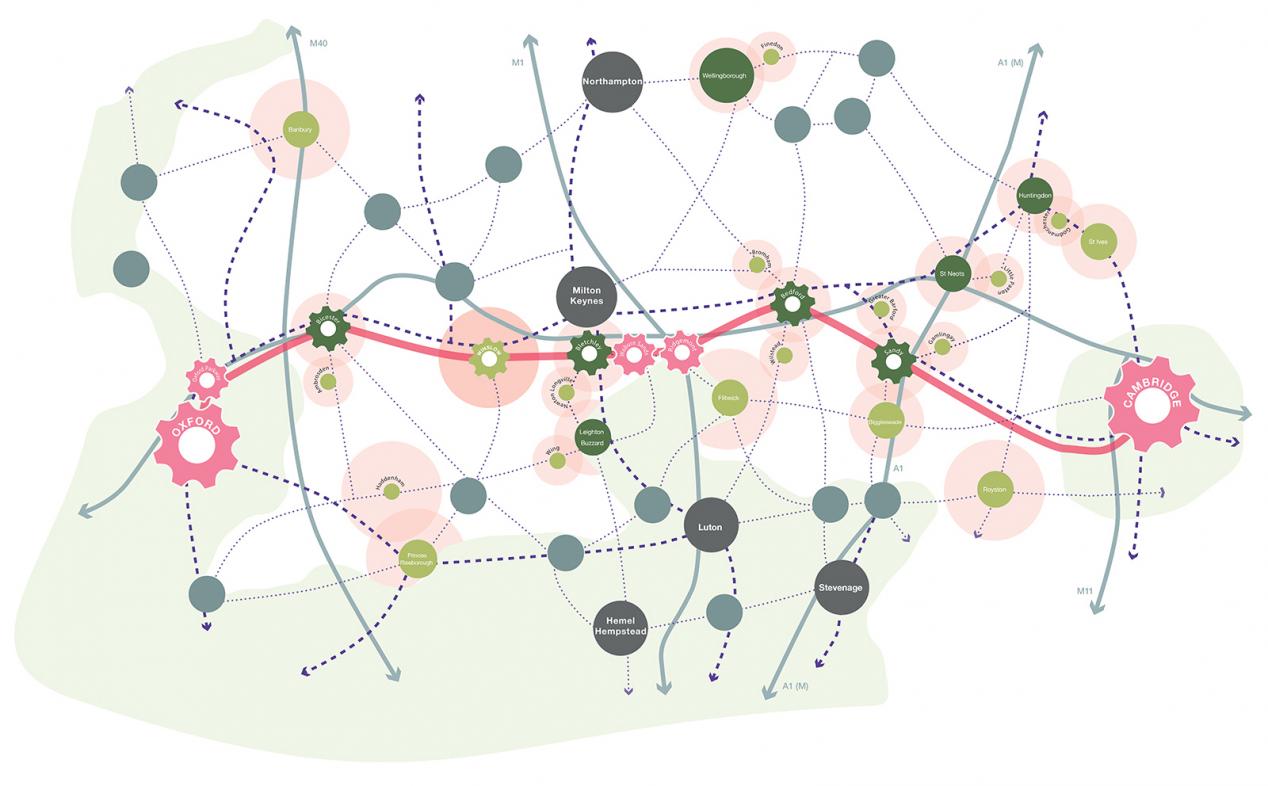
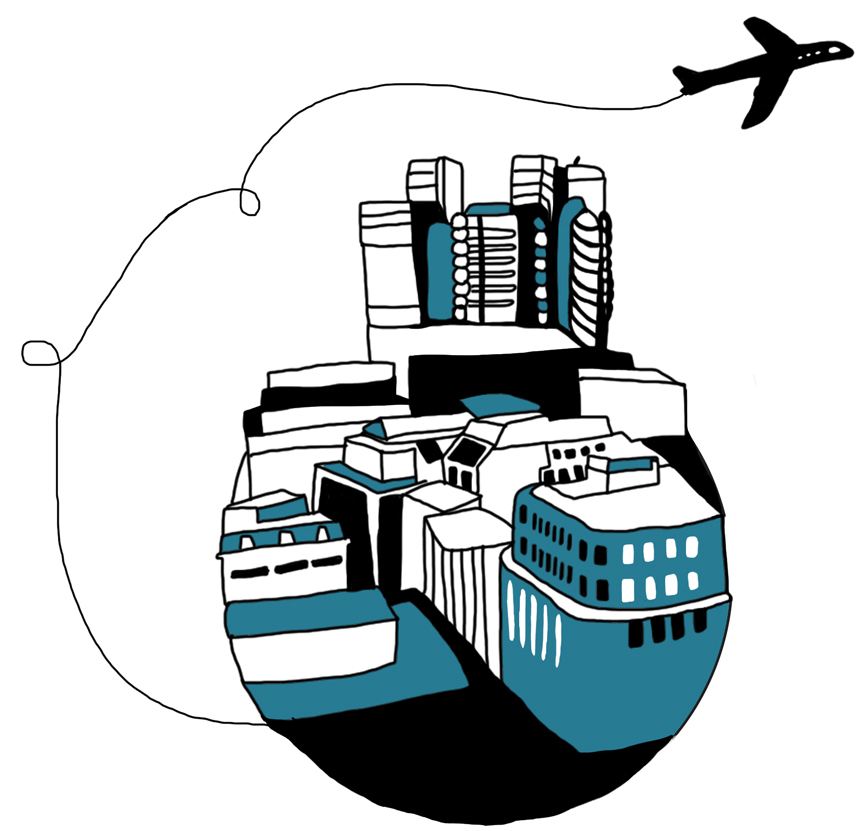 The way we communicate is shaping the way we organise built environment, blurring and overlapping various functions and users. Successful places of exchange, accessibility and green transportation are direct indicators of quality of life, making cities more attractive to live, work and visit. Moving away from car-dominated city towards people-oriented city.
The way we communicate is shaping the way we organise built environment, blurring and overlapping various functions and users. Successful places of exchange, accessibility and green transportation are direct indicators of quality of life, making cities more attractive to live, work and visit. Moving away from car-dominated city towards people-oriented city. 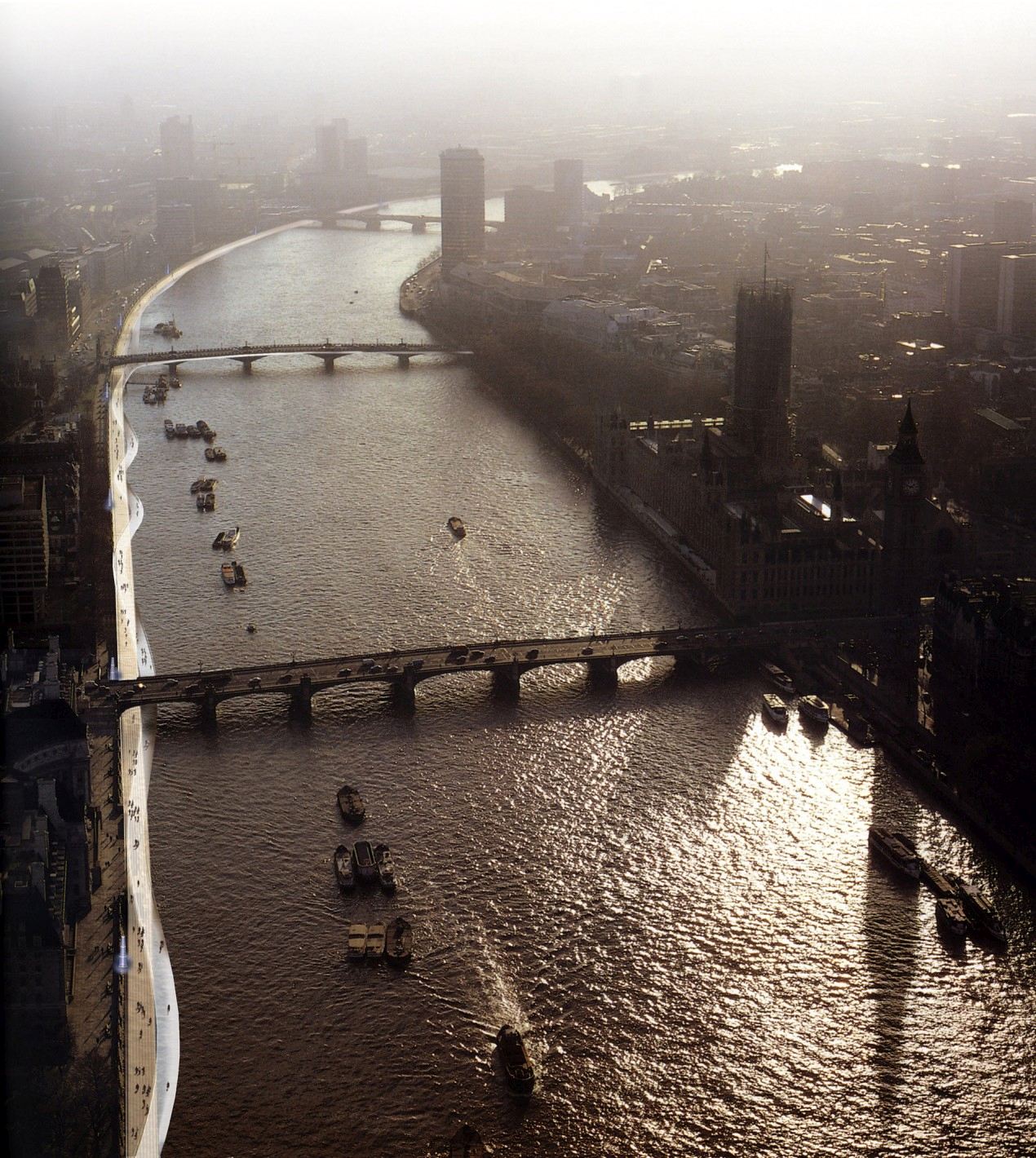 An unprecedented continuous line along London’s most important connection corridor – the River Thames. A strategic vision for Car Free London, which marked the beginning of London’s transformation into a pedestrian and cycle friendly city.
An unprecedented continuous line along London’s most important connection corridor – the River Thames. A strategic vision for Car Free London, which marked the beginning of London’s transformation into a pedestrian and cycle friendly city.
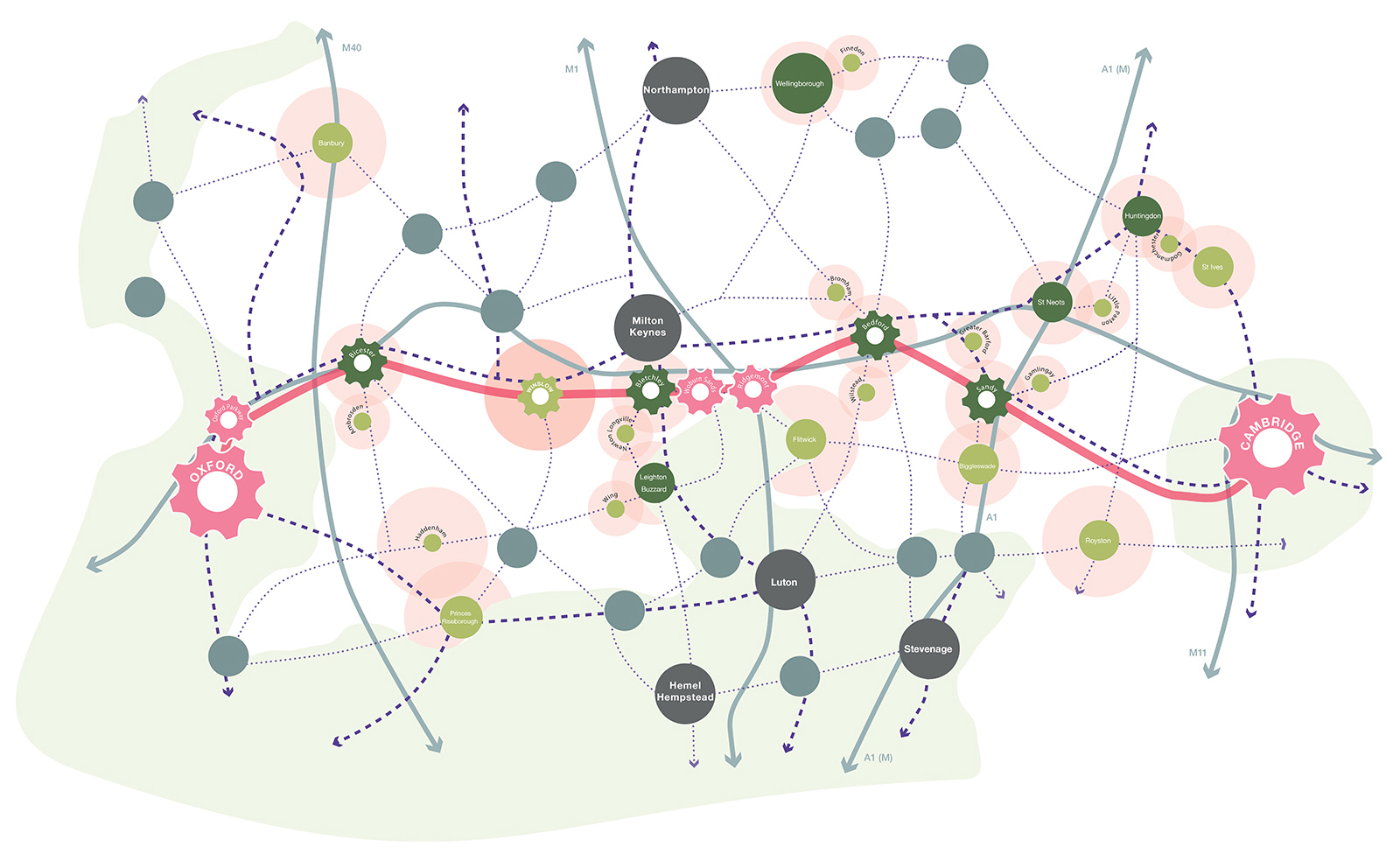 VeloCity is a strategy for Oxford to Cambridge corridor that comprises a polycentric cluster of new and expanded villages, which are connected to one another by a fine-grained network of cycle routes and within cycling distance of new/existing rail stations.
VeloCity is a strategy for Oxford to Cambridge corridor that comprises a polycentric cluster of new and expanded villages, which are connected to one another by a fine-grained network of cycle routes and within cycling distance of new/existing rail stations.
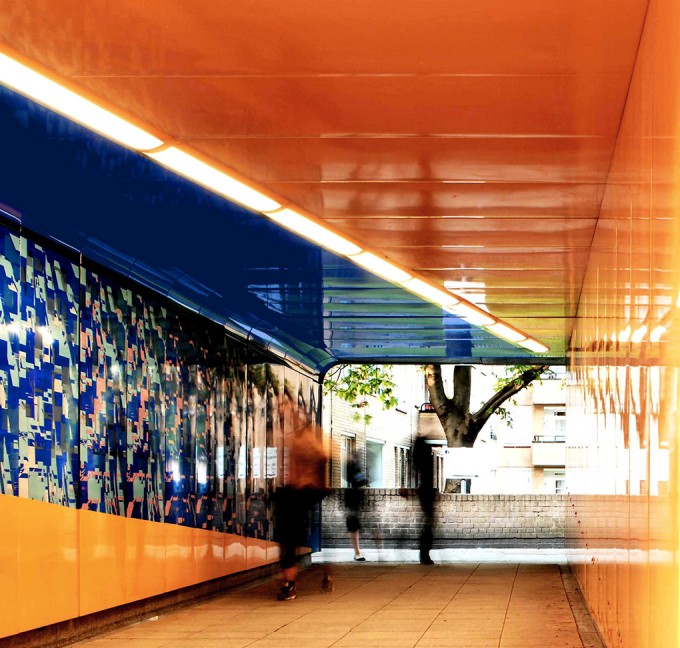 London has always been a landscape of dark alleyways and passages between different neighbourhoods. A splash of colour and movement converts Porteus underpass below the A40 highway from Paddington basin to Little Venice into an enjoyable spatial experience.
London has always been a landscape of dark alleyways and passages between different neighbourhoods. A splash of colour and movement converts Porteus underpass below the A40 highway from Paddington basin to Little Venice into an enjoyable spatial experience.
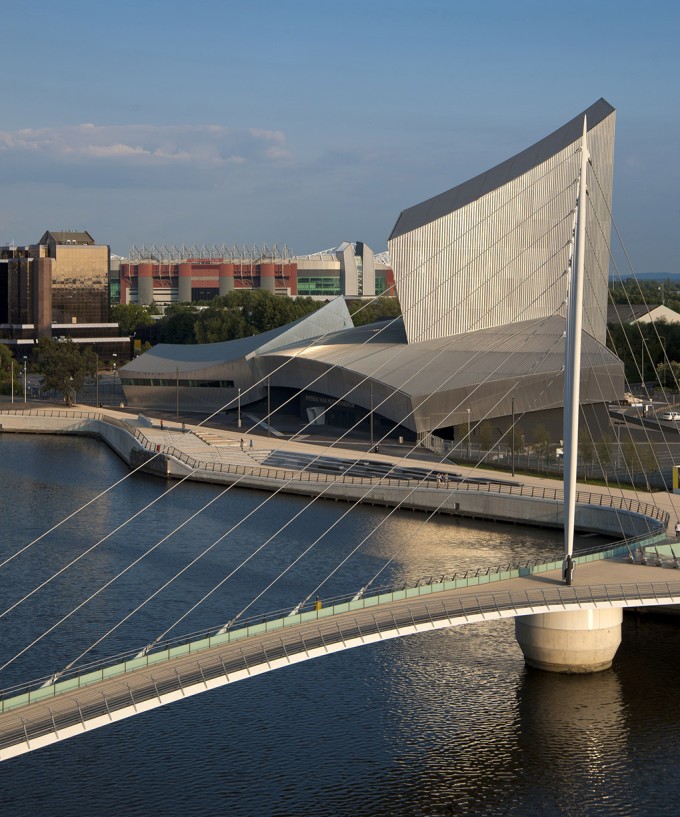 Bringing River Irwell back onto the map as Manchester’s livable waterfront, Trafford Wharf Promenade is extending the existing quayside, creating a new setting for Imperial War Museum North and seamlessly linking into the new MediaCityUK.
Bringing River Irwell back onto the map as Manchester’s livable waterfront, Trafford Wharf Promenade is extending the existing quayside, creating a new setting for Imperial War Museum North and seamlessly linking into the new MediaCityUK.
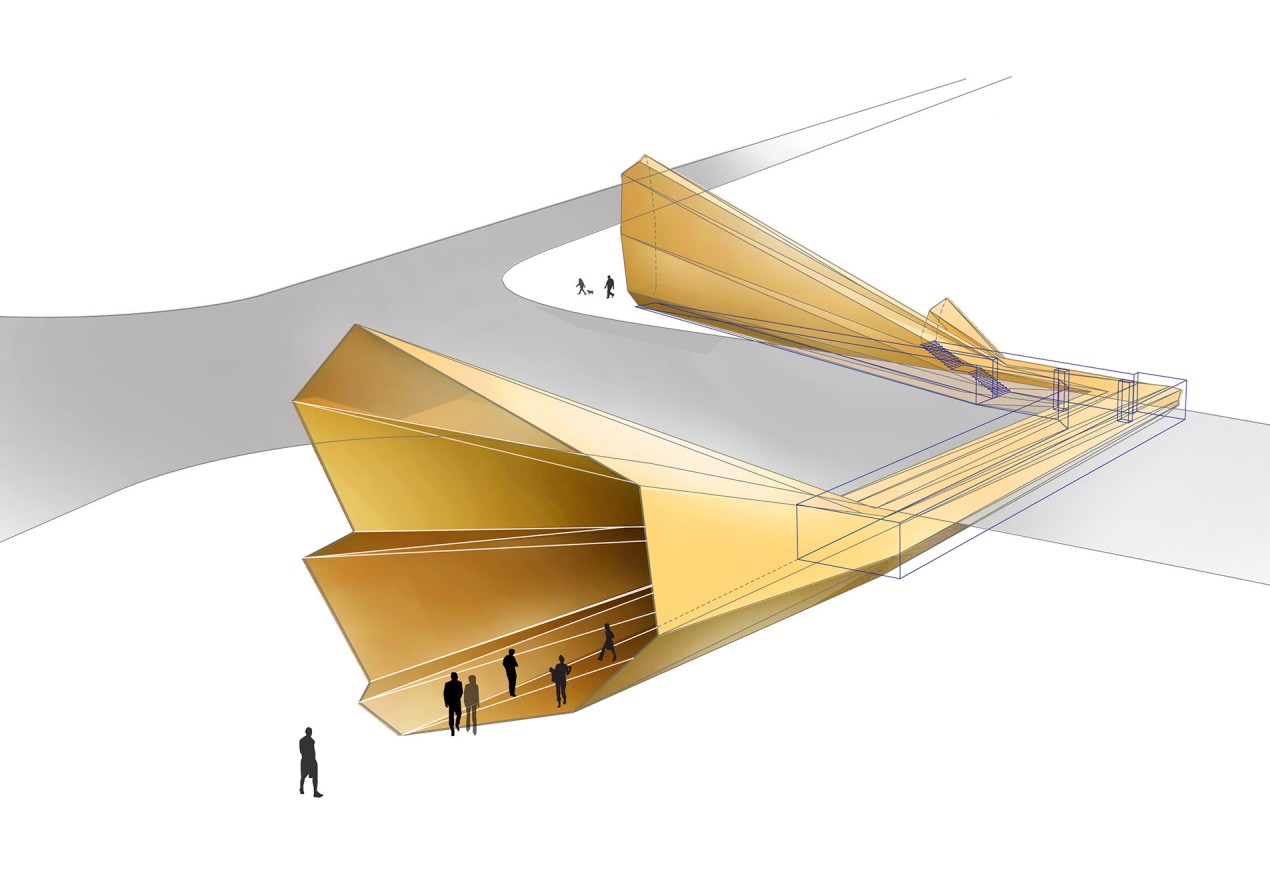 Two parts of Prague meeting in a single link – an underground funnel. Konektor transforms a dilapidated passage into a form of time travel machine, giving people the opportunity to momentarily immerse themselves into a fictional world as they get on with their daily business.
Two parts of Prague meeting in a single link – an underground funnel. Konektor transforms a dilapidated passage into a form of time travel machine, giving people the opportunity to momentarily immerse themselves into a fictional world as they get on with their daily business.
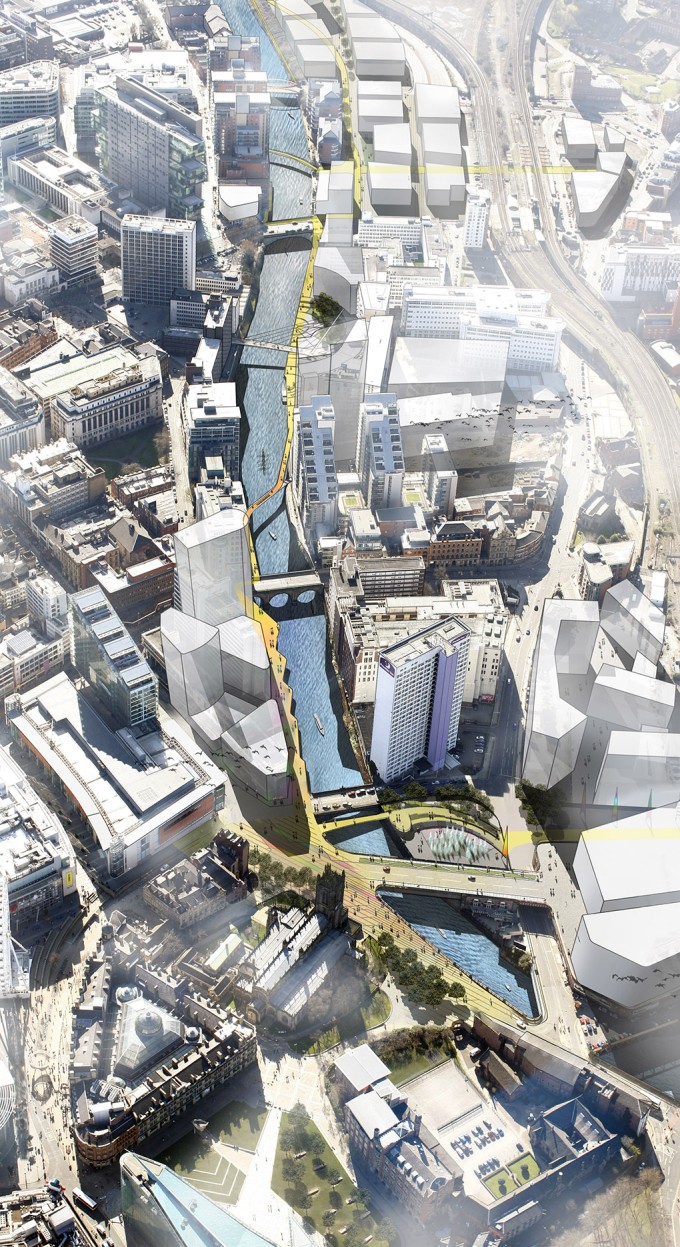 Irwell River Park is a vision of a river and its corridor, which has been reclaimed by its surrounding communities; a river transformed from a barrier into a meeting place; a river moved from the periphery to the very heart of the cities’ shared life and character.
Irwell River Park is a vision of a river and its corridor, which has been reclaimed by its surrounding communities; a river transformed from a barrier into a meeting place; a river moved from the periphery to the very heart of the cities’ shared life and character.

